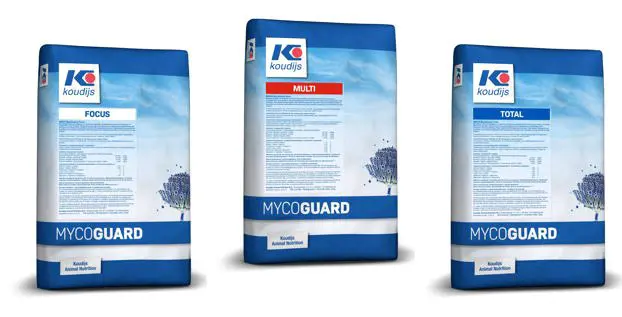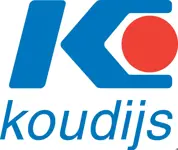Are you using a bentonite that protects against mycotoxins?
There is a big variation in the binding affinity and capacity of different bentonites (also known as montmorillonite), and yet it is the most commonly used binder for aflatoxin. Therefore, it is extremely important to know the quality of the binder you use, as it can have strong implications for the productivity of your farm and human health.

Aflatoxin can affect humans through milk
Aflatoxins can affect farm production in many ways, for example, by reducing animal health, decreasing protein synthesis, and reducing egg size and quantity. Dairy cows are generally less affected by aflatoxin B1 (AFLA B1) because they can transform AFLA B1 into aflatoxin M1 (AFLA M1). The danger is that AFLA M1 is a known carcinogen and is stored in milk, the same milk that humans consume. Therefore, it is very important to ensure, first of all, that the feed consumed by dairy cows is free of mycotoxins. Since achieving a fully mycotoxin-free diet is difficult, it is important to add assurance with a good aflatoxin binder that you know will do what it is supposed to do: bind mycotoxins.
Why are there such big differences in bentonite binding capacity?
Aflatoxins are easily adsorbed by some bentonites, but not by all. The reason for these differences in binding affinity and capacity is that when bentonites were formed a long time ago, impurities present in the environment were incorporated into the bentonite structures. The type of impurities (e.g., metallic ions) and the amount of these impurities vary greatly depending on the location where the bentonite is mined. This variation also has a significant influence on the binding capacity for aflatoxins.
How to know what bentonite is a good mycotoxin binder?
To distinguish between bentonites that are good aflatoxin binders and poor ones, Europe set up a regulation where bentonites efficient in binding aflatoxin are given a specific classification code. This classification code guarantees that the bentonite has passed a specific analytical test proving it can bind more than 90% of aflatoxin B1 (AFLA) under specific conditions. This classification is 1m588. This is different from 1m558i, which is the classification for bentonites used for anticaking or pellet binding purposes, not for binding AFLA.
It is important to choose a mycotoxin deactivation strategy that effectively deactivates mycotoxins.
Koudijs MycoGuard
The MycoGuard range was designed to target mycotoxins, using carefully selected components after extensive screening to ensure efficient mycotoxin deactivation.
Our specialists can advise and support you to determine the right approach for your specific situation. They can advise you on analysis of raw materials and feed if there is a high probability that mycotoxins are causing certain issues. By recommending a combination of optimal farming practises and the right application of MycoGuard products, you can maximise animal production and financial performance.
